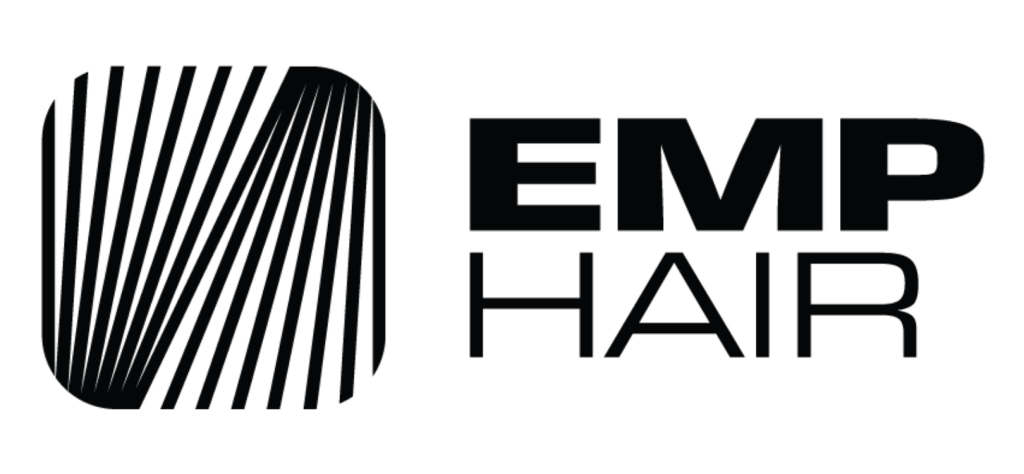Motorized and Manual Hair Transplantation
Home Page » Motorized and Manual Hair Transplantation
Since FUE became a suitable hair transplantation technique, FUE removal tools have undergone significant changes and improvements as motorized and manual hair transplantation. FUE practitioners now use a variety of extraction tools, punches and techniques to collect follicular units.
Hair restoration physicians performing follicular unit excision cannot see under the surface of the scalp and therefore have to rely on their own experience. Preferred extraction means to carefully collect follicular units from the donor area while minimizing transection and follicle damage.
FUE hair transplantation extraction devices can be organized into several categories: manual extraction tools, motorized extraction devices and robotic or automatic FUE systems. In addition, these are classified according to staples that contain sharp tools or sharp tips and vary in size.
What are motorized and manual hair transplantation
Manual hair transplantation
Advanced manual extraction devices are generally considered to be “original” hair transplantation tools, since these were the devices that were first used in follicular unit excision procedures. Stapler is a metal hand-held device used in manual hair transplantation with a handle at one end and a hollow cylindrical needle (“stapler”) at the other end.
During a hair transplant with a manual stapler, a doctor inserts a follicular unit graft for extraction, passes the manual stapler through the handle, places the hollow needle around the follicular unit and pushes the instrument into the scalp. This motion pierces the scalp around the follicular unit and allows removal. To accomplish this task, physicians can use tools with “blunt” or “sharp” tips and also choose from a variety of staple sizes. Once the scalp is perforated and the graft is ready to be removed, hair restoration physicians can further separate the surrounding tissue with a sharp-tipped tool and then pull the graft from the scalp with forceps, or use the blunt tip tool to further shred the graft and prepare the forceps for removal.
Many manual hair transplant surgeons believe that precise “feedback” and control provided with a manual punch (compared to motorized devices) makes this extraction method ideal. On the other hand, the use of manual devices is often more tedious and time-consuming for the hair transplant surgeon, and as a result, the amount of hair that can be carried in a single day or session is less than that of motor devices.
Motorized hair transplantation
 Like manual tools, motorized hair transplanters collect follicular units with sharp or non-sharp stapling. However, the hollow punch is attached to a small motor rather than a manual handle and is typically operated by a button or a foot pedal in the device. Depending on the motor, the staple is continuously rotated in one direction or released back and forth in opposite directions. When placed around a follicular unit, the rapid rotation of the motorized punch allows the hair transplant surgeon to perform rapid scalp puncture and graft separation without using hand power.
Like manual tools, motorized hair transplanters collect follicular units with sharp or non-sharp stapling. However, the hollow punch is attached to a small motor rather than a manual handle and is typically operated by a button or a foot pedal in the device. Depending on the motor, the staple is continuously rotated in one direction or released back and forth in opposite directions. When placed around a follicular unit, the rapid rotation of the motorized punch allows the hair transplant surgeon to perform rapid scalp puncture and graft separation without using hand power.
Given these innovations, modern motorized instruments have become extremely effective and allow physicians to harvest and transplant multiple grafts (more than 700 per hour) with low transfection rates and high yields.
Advantages and disadvantages of motorized and manual hair transplantation
Motorized hair transplantation
The advantages of motorized hair transplantation devices include the ability to remove larger amounts of follicular units per hour, so that more grafts are transplanted in less time, the number of sessions is reduced and fatigue and human error associated with a manual staple are also reduced.
The disadvantages of motorized hair transplantation include increased oscillations/rotations that create more heat, torsion, friction, and tension in the follicular unit compared to manual devices, leading to lack of tactile feedback to the surgeon and possibly increased follicular damage. However, these problems have been reduced to a great extent thanks to the current technological developments.
Manual hair transplantation
According to the supporters of manual hair transplantation, one of the biggest advantages is that it provides more tactile “feedback” to the hair restoration doctor during extraction. This allows for a better “feel” and understanding of tissue resistance and the position/angle of the follicle. Other advantages include reducing follicular damage associated with heat, torsion and friction generated by motorized devices and a higher level of control during extraction, which is to control the number of rotations/oscillations per extraction.
The disadvantages of manual hair transplantation include the potential increase for further fatigue and human error, and the small number of follicular units removed per hour (compared to motor devices).

